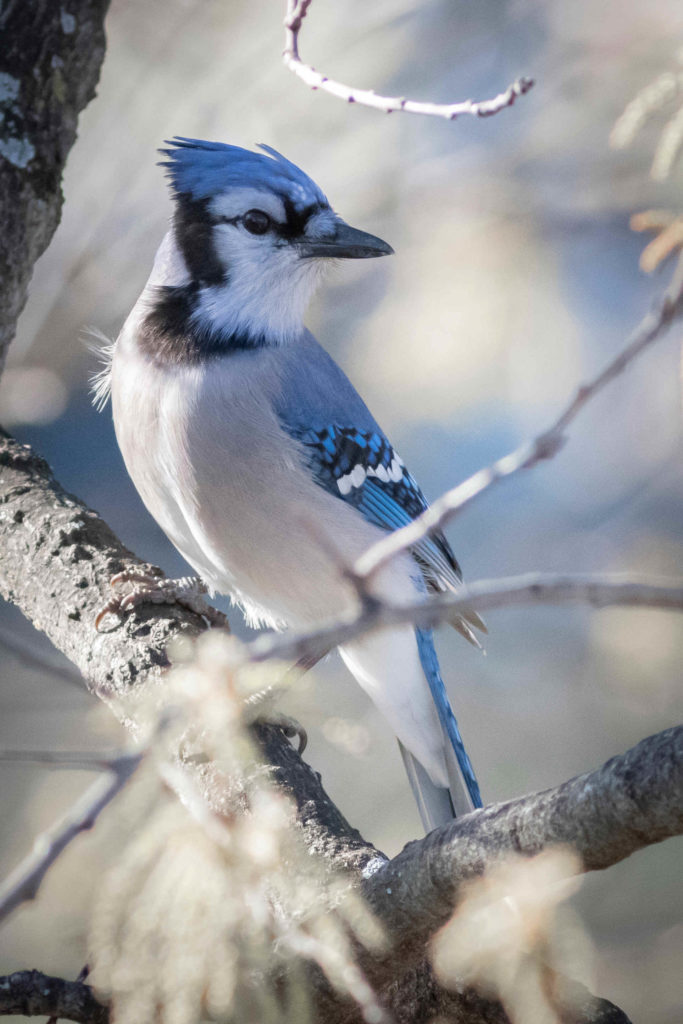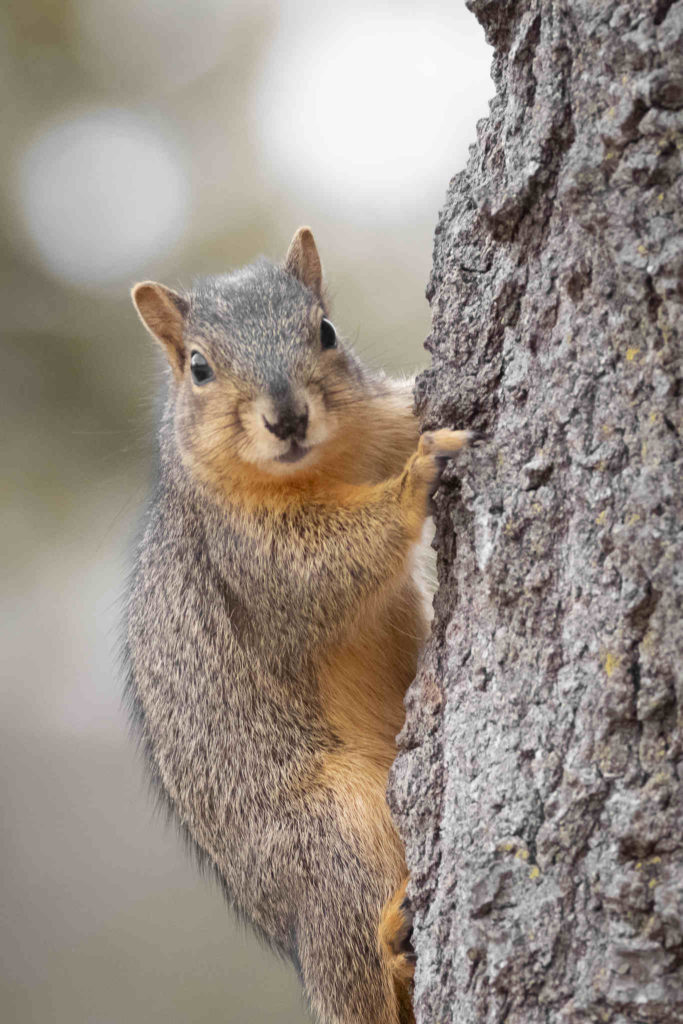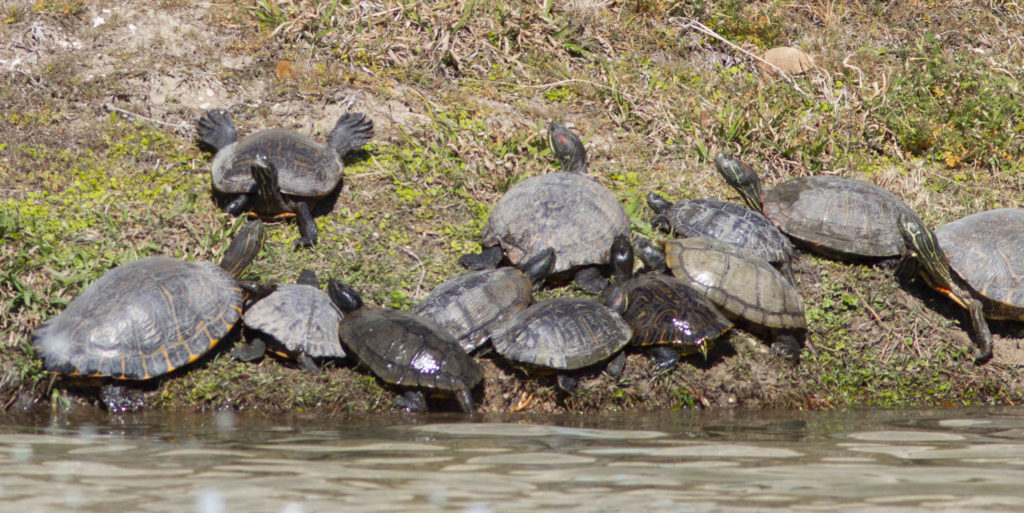From rows of native wildflowers and buzzing bees to small, scurrying mammals and soaring birds, at UTD, nature and students truly coexist. If you look closely, the beauty of the natural world will reveal itself to you in some of the most unexpected places.
Even though there is a natural presence in most parts of campus, the majority of plants and animals are found along the Cottonwood Creek that flows south. Starting at the bus stop opposite Northside and just behind the shiny Natural Science and Engineering Research Laboratory Building is a wooded patch with tall trees. On a clear morning, this patch alone can host up to 20 species of birds, including sparrows, finches, woodpeckers, jays, robins, warblers and grackles, just to name a few. If it is your lucky day, you might also see majestic red-tailed hawks soaring above.


Further south of this patch lies UTD’s very own apiary with active beehives, which are maintained by students and faculty in association with the Office of Sustainability. The wooded and grassy area is a prominent pollinator habitat, particularly enriching for native bees and butterflies. There are countless native wildflowers in the area, which attract a multitude of busy insect species. You are also likely to run into the state bird of Texas, the northern mockingbird.
Cottonwood Creek then leads down to a small pond with a gazebo sheltered by trees. This area offers many benches under the shade of oak trees and is serenaded by birdsong throughout the day, a perfect place for an afternoon trip. The pond also offers a habitat to ducks, other waterfowl and turtles. Occasionally, herons stop by the pond to catch a fish or two.

Though turtles are not abundant in this pond, they are a common sight at the pond by Dining Hall West. Though it does not look like much, in front of DHW you can see many turtles sunbathing by the edge of the pond. From a distance, you might think they are rocks; however, upon closer inspection, you will see these “rocks” rolling down into water.
All throughout the campus you will also see the adorable fox squirrels munching on oak nuts and playing with each other by chasing and jumping. They rest in trees at night, but when the sun goes down the bunnies become much more active in the grassy parts of campus, equally admirable with their large eyes and ears.
Apart from the sun-loving animals, there are also some fabled rarities who will bless a few keen observers every now and then. Comets occasionally spot coyotes and bobcats on campus. Make sure to keep a safe distance from these wild animals whenever you have such an incredible encounter. Sometimes in the late nights, you can also run into the tiny eastern screech owl near the magnolia trees.
The presence of such a diverse range of wildlife is a testament to UTD’s commitment to preserving the natural environment. Efforts are made to maintain and enhance habitats on campus, with special attention given to promoting biodiversity and creating a sustainable ecosystem. On early weekend mornings, when most students are catching up on lost sleep, the nature lovers come out to admire our native wildlife, drenched in the sounds of a peaceful world.
Leave a Reply